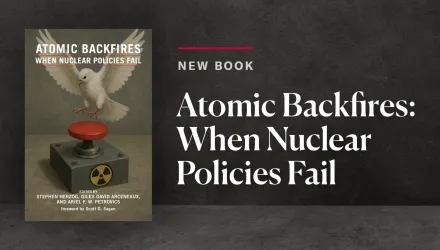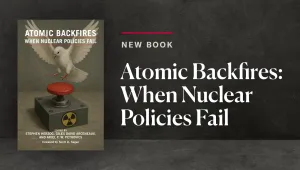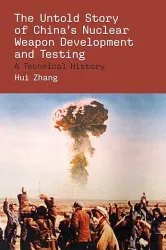Abstract
The article examines the strategic circumstances leading to non-aligned India's safeguard of its nuclear option during a crucial period in its proliferation trajectory, when it was one of the states closest to nuclear-weapons development, and faced US pressures to sign the Nuclear Non-Proliferation Treaty (NPT) that was being negotiated at the time. Based on Indian, US, and French primary sources, this paper demonstrates that India's regional strategic insecurities and bilateral tensions with the United States were too great for it to sign the NPT. Yet, New Delhi's capability to successfully reprocess weapons-grade plutonium permitted the developing country substantial leverage that it exploited through advancing on a slow dual-use nuclear programme.
Continue reading (log in may be required): http://www.tandfonline.com/doi/full/10.1080/07075332.2015.1078393
Read Sumit Ganguly's H-Diplo | ISSF Article Review 48 of this article: https://issforum.org/ISSF/PDF/ISSF-AR48.pdf
Sarkar, Jayita. “The Making of a Non-Aligned Nuclear Power: India's Proliferation Drift, 1964–8.” International History Review, October 2015





